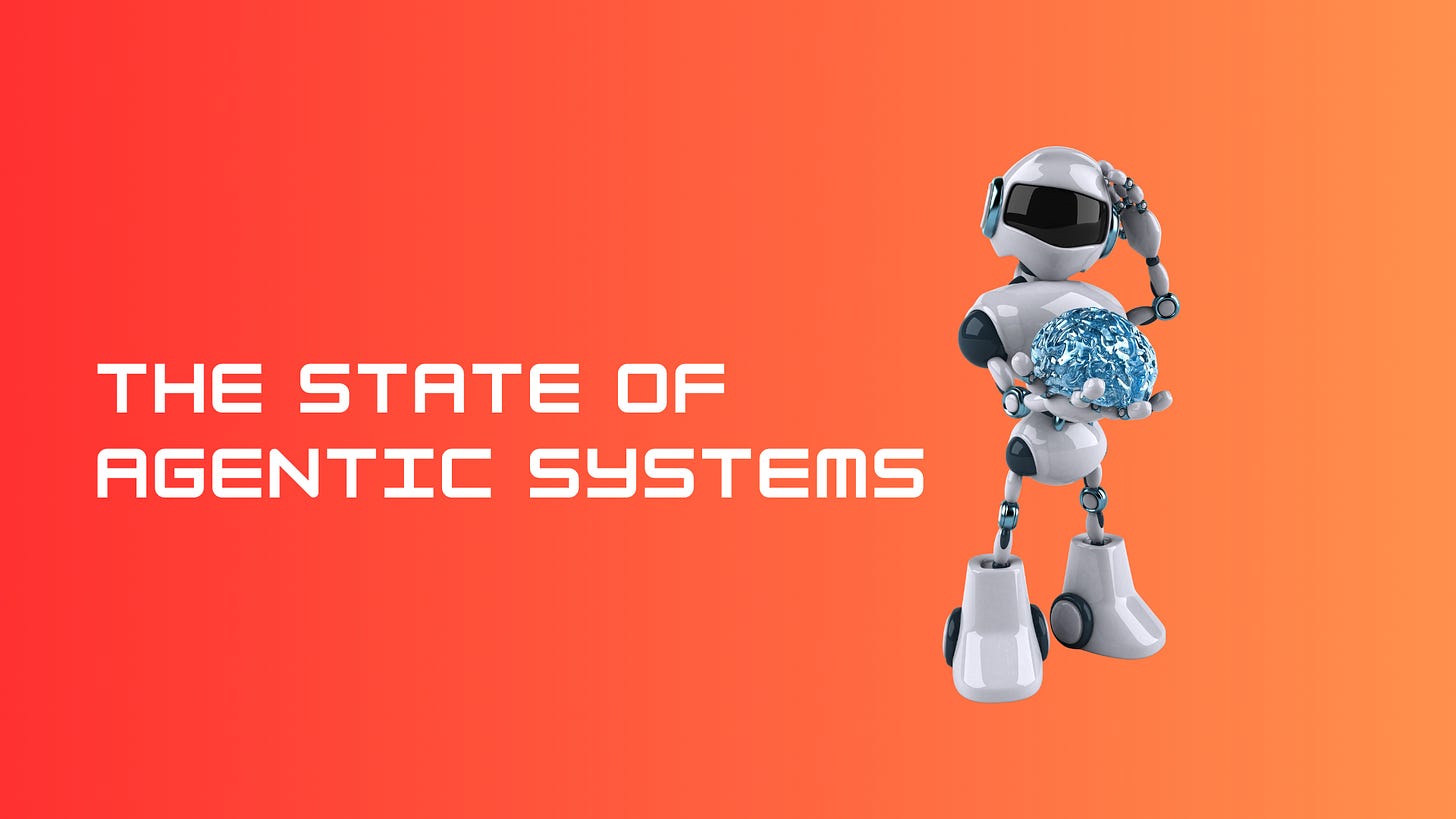The State of Agentic Systems – June 2025
Welcome to the inaugural issue of The State of Agentic Systems, your monthly highlight on launches, updates, and research that keep AI agents alive in the real world. In June we watched a decisive pivot: teams stopped asking “Can an agent work?” and started asking “Can we trust it in prod?”
The answer is inching toward yes. Observable traces, plug-in memory, graph-level guardrails, and reusable blueprints all arrived this month, laying a foundation that looks a lot more like modern micro-services than hack-day demos. Below is every release that mattered this past month.
🔥 Spotlight Releases
These launches are ushering in production-grade agent engineering.
Feature Engineering for Agents:
An arXiv paper proposing an adaptive cognitive architecture that refactors raw LLM traces into interpretable features, giving ops teams deterministic visibility. [Read the paper]LangGraph Release-Week Recap:
Adds node-level caching, deferred nodes, and pre/post hooks so you can embed guardrails and human checkpoints without rewriting your graphs. [Release notes]Together AI “Zero-to-One” Guide:
Open-sourced a full data-scientist agent, complete with multi-turn reasoning tests and hallucination tracking. [Tutorial + repo]
🛠️ Worth a Look
Smaller tools and libraries that pack a punch.
Mem0 OpenMemory:
A Chrome extension storing context locally and injecting it across ChatGPT, Claude, Gemini, Perplexity, and others. No server, no tokens. [See Announcement]LlamaIndex Memory Blocks:
Pluggable blocks blending episodic, semantic, and vector memory in one workflow. This is a key step toward long-horizon tasks. [See Docs]Traceloop MCP-evals:
Simulates prompt→tool→result loops and grades them automatically, bringing CI-style testing to agent stacks. [Guide]ChatGPT Memory Roll-out:
Long-term memory, once Plus-only, is now available to Free users. This will make persistent context table stakes for consumer agents. [Release notes]
🔍 Deep Dives
Building a Text-Analysis LangGraph Pipeline
A hands-on tutorial walking from simple chains to full graph-based agents. [Medium post]Langfuse Cookbook: Trace and Evaluate LangGraph Agents
How to attach cost, latency, and quality metrics to every node in a graph. [Cookbook]
🧠 June’s Big Theme: Engineering for Trust
Observability Is Mandatory. Teams can finally see what agents do. The Feature-Engineering paper converts raw model traces into structured features, while Traceloop’s MCP-evals package brings automated CI-style tests into your pipelines.
Orchestration Plans for Failure.
LangGraph’s node-level caching, deferred nodes, and hooks let you embed guardrails, human checkpoints, or retry logic directly in your workflows. As a result, recovery lives in the graph, not in one-off scripts.Memory as Competitive Edge.
Mem0’s extension stores context locally and shares it across platforms, and LlamaIndex’s pluggable blocks blend multiple memory types. Early adopters see lower token costs and more consistent outputs once agents remember prior interactions.Blueprints Replace One-Off Demos.
Together AI’s full-stack agent and Langfuse’s dashboards give you proven pattern. That means you can start production projects instead of stitching together ad-hoc code.
Taken together, June’s releases moved agent development from experimental tinkering to disciplined engineering with clear visibility, resilience, durable memory, and reusable templates.
🧛 Launching something agentic in July?
Shoot me a note at priyanka@work-bench.com!
Priyanka 🌊
I’m a Principal at Work-Bench, a Seed stage enterprise-focused VC fund based in New York City. Our sweet spot for investment at Seed correlates with building out a startup’s early go-to-market motions. In the cloud-native infrastructure and developer tool ecosystem, we’ve invested in companies like Cockroach Labs, Run.house, Prequel.dev, Autokitteh and others.


